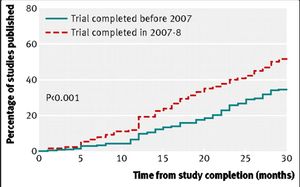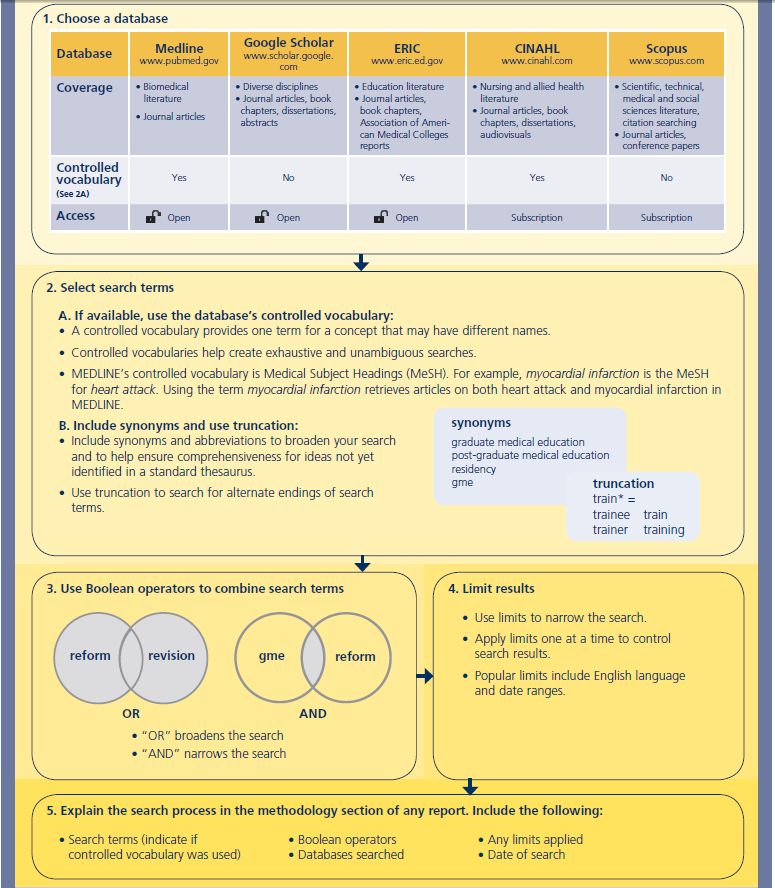A study published in BMJ reports that fewer than half of clinical trials funded by NIH grants resulted in publications within 30 months of completion.  Researchers at Yale reviewed 635 clinical trials conducted between 2005 and 2008 and found that only 46% appeared in peer-reviewed, MEDLINE-indexed journals by 2011.
Researchers at Yale reviewed 635 clinical trials conducted between 2005 and 2008 and found that only 46% appeared in peer-reviewed, MEDLINE-indexed journals by 2011.
Even when the authors extended their search to 51 months after the completion of trials, one-third remained unpublished. They can only speculate on why investigators might not publish their findings. Certainly, some might appear in abstracts or posters that do not appear in electronic indexes.
There’s some comfort in knowing that studies completed later in the sample period were more likely to appear in print. Because public funds supported the trials, it is important that their results, even if negative, be disseminated widely.
